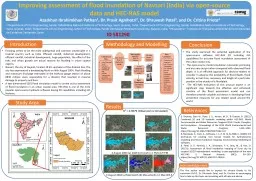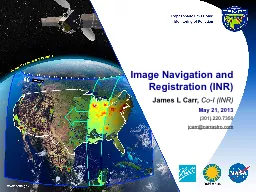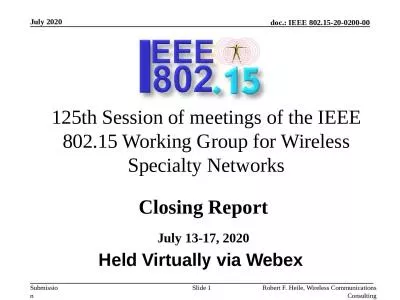PPT-BNO INR RAS June 22 to July 2, 2020
Author : dunchpoi | Published Date : 2020-08-26
SAGE and BEST V N Gavrin on behalf of the BEST collaboration Baksan Neutrino Observatory of the Institute for Nuclear Research of the Russian Academy of Sciences
Presentation Embed Code
Download Presentation
Download Presentation The PPT/PDF document "BNO INR RAS June 22 to July 2, 2020" is the property of its rightful owner. Permission is granted to download and print the materials on this website for personal, non-commercial use only, and to display it on your personal computer provided you do not modify the materials and that you retain all copyright notices contained in the materials. By downloading content from our website, you accept the terms of this agreement.
BNO INR RAS June 22 to July 2, 2020: Transcript
Download Rules Of Document
"BNO INR RAS June 22 to July 2, 2020"The content belongs to its owner. You may download and print it for personal use, without modification, and keep all copyright notices. By downloading, you agree to these terms.
Related Documents

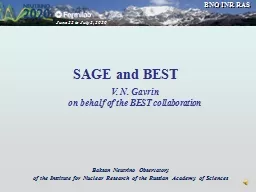

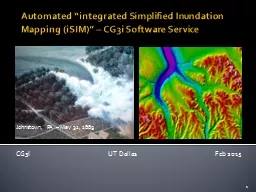
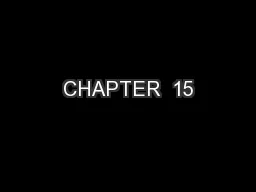
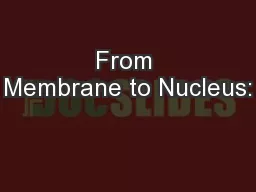
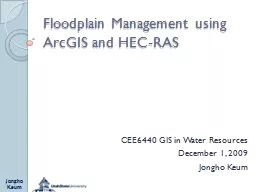
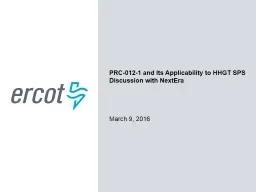
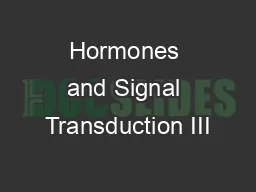
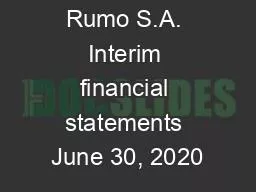
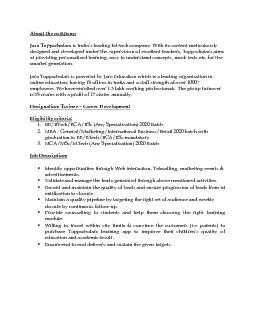
![[EPUB] - July 2019-June 2020 Planner 8.5 x 11: Beautiful Floral White Cover, Calendar](https://thumbs.docslides.com/907164/epub-july-2019-june-2020-planner-8-5-x-11-beautiful-floral-white-cover-calendar-book-july-2019-june-2020-weekly-monthly-yearl.jpg)
